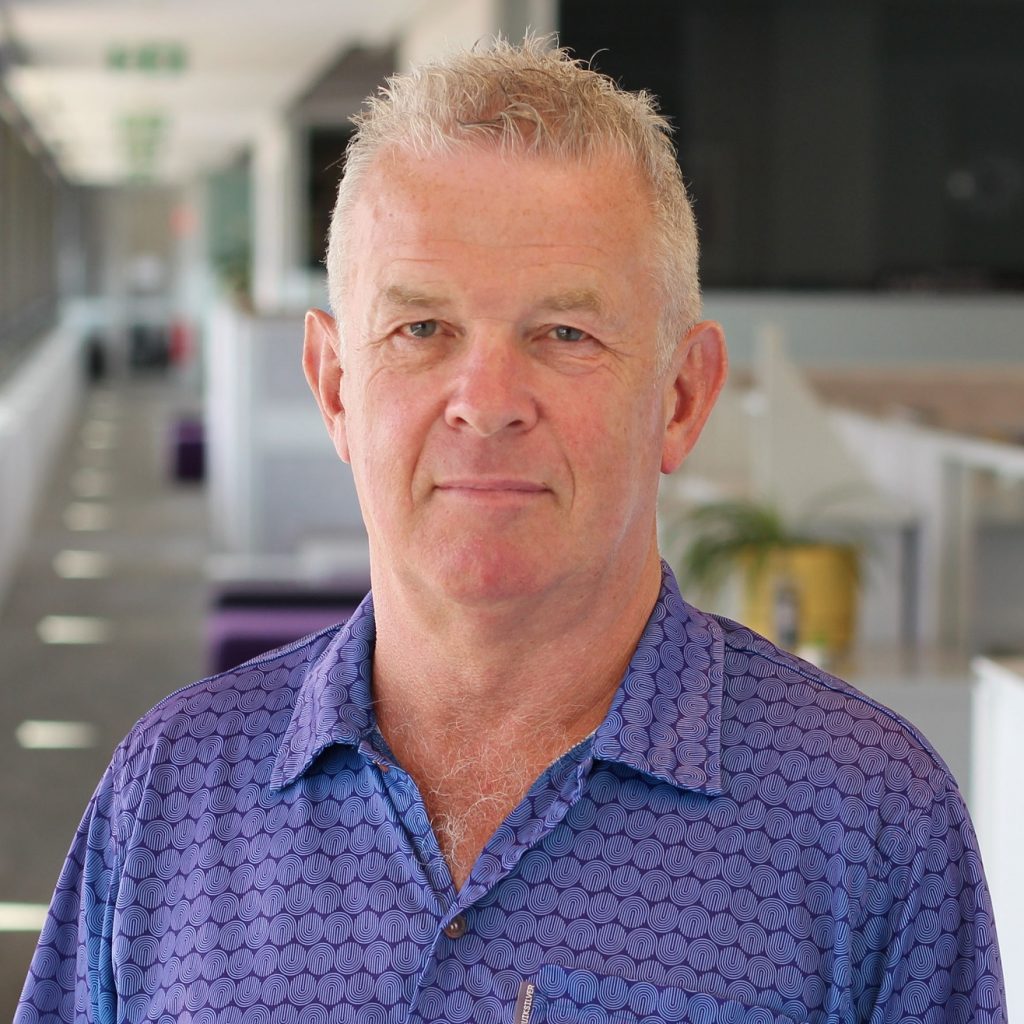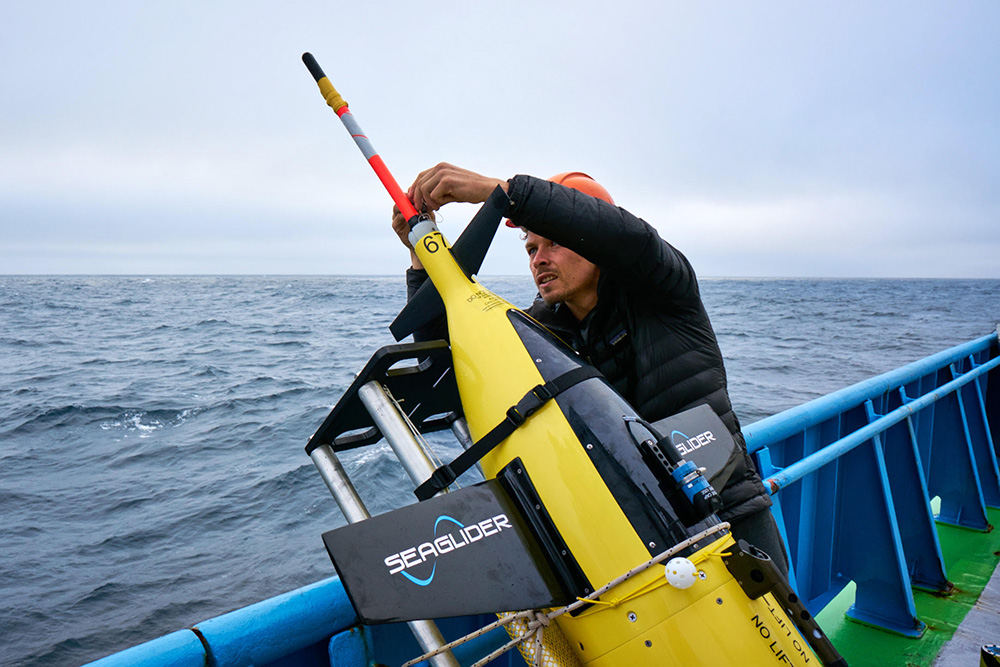Northern site completed, headed South

Philip Boyd
Voyage Chief Scientist

We successfully completed our occupation of the subantarctic SOLACE site late on Sunday 20 December and are currently headed south-west towards a diatom-dominated polar site to commence our southern occupation. At the N site we had three deployments and recoveries of the particle interceptor mooring that samples the upper 300 metres of the water column, along with collecting particles for subsequent incubation at the collection depth in our trio of RESPIRE particle interceptors/incubators. It was pleasing to see the close coupling between the BGC-ARGO profiling float, the Kongsberg glider and the trajectory of the RESPIRE surface-tethered free-drifting mooring (see schematic) at the northern site.
Initially, the glider (turquoise symbols, figure below) was piloted due East from the ship, and then returned westwards to track the BGC-ARGO float as it drifted SW (black dots). Both had similar trajectories to the three day drift of our mooring array (red dashes), and will provide valuable information on the upper ocean physics and particle assemblage to help interpret the trap signatures. The new mini UVP6 (Underwater Vison Profiler) on the profiling float, in particular, observes a suite of particle classes across 18 size classes from 64-80 microns through to 3250 to 4100 microns through each 1000 m vertical profile. In addition, gels (polyacrylamide) in the bottom of several of the sediment traps provide a visual record of different particle types, which are retained within the gel in a vertical position that corresponds to their specific gravity (i.e., heavier fast sinkers near the base overlaid with lighter slower sinking particles).

So, at present we have only access to tantalising glimpses of what looks to be an exciting set of three 3.5 day deployments, interspersed with many other Twilight Zone activities such as mid water trawls and bio-acoustics (look out for blogs on these activities later in the week). As we run south, some of the SOLACE team are continuing to run upper ocean and mesopelagic incubations on deck or in the CT (Constant Temperature lab). Soon the CT lab will be reset to a chilly 3C – the water temperature we anticipate at the polar site. Other team-members are taking stock of preserved and frozen samples for shoreside analysis. It looks like our first polar 3.5 day cycle will kick off on either Christmas Eve or Day. We are grateful to great and ongoing support from the SOLACE shoreside team from CSIRO, Caltech (USA), LOV (France), Curtin University, IMAS and others for providing a stream of regular satellite images, data products and insights to help us locate the S site. More from the blog in a few days time once we get settled in.



